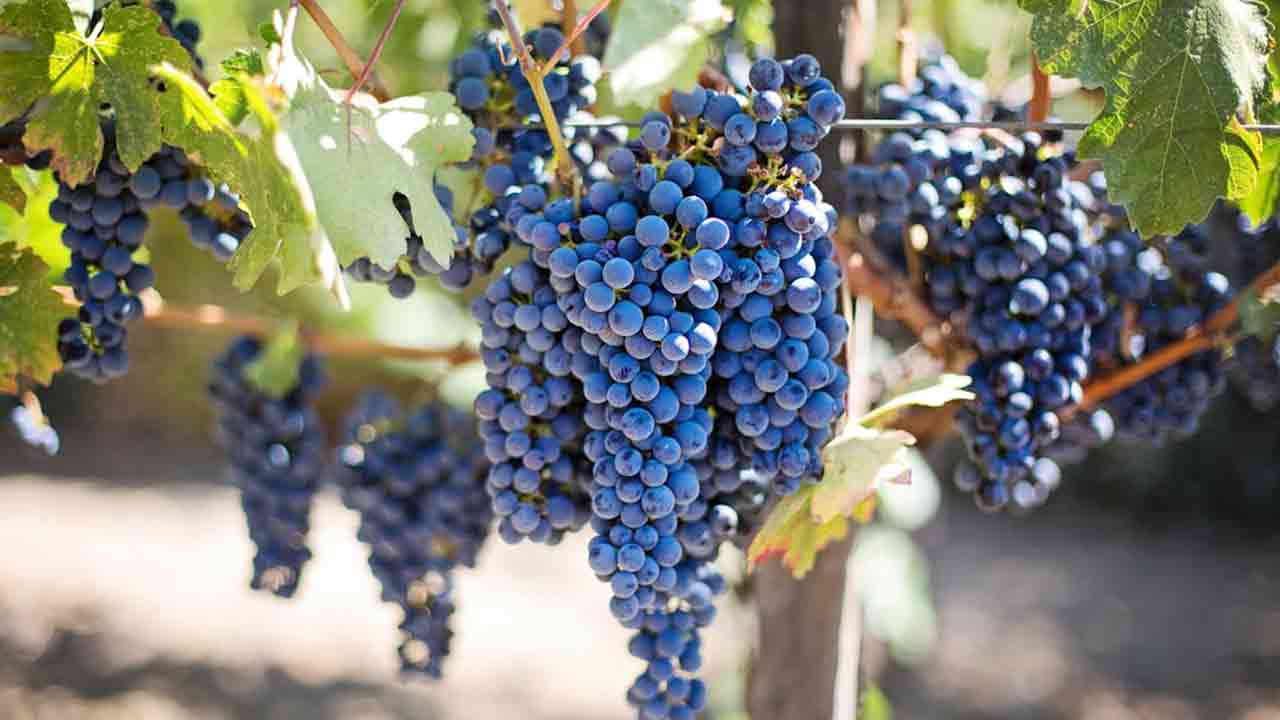Australia (Commonwealth) _ Tens of millions of vines need to be torn up to control overproduction, which has smashed grape prices and jeopardized the livelihoods of winemakers and producers. In Australia, millions of vines are being destroyed.
Global wine consumption is down, but Australia has been hurt hardest as demand for its main product—cheaper red wines—is declining the fastest. Its greatest market is China, where it has depended on declining wine consumption in recent years.
The most current statistics indicate that as owners race to get rid of their wine, part of the more than two billion liters, or almost two years’ worth of output, that the world’s fifth-largest wine exporter had in storage in mid-2023 is rotting.
James Cremasco, a fourth-generation planter, observed the clanking yellow excavators removing the rows of grapes his grandpa had planted close to the southeast town of Griffith. “There’s only so long we can go on producing crop after crop and depriving money on it,” he said.
In irrigated inland regions like Griffith, where Italian immigrant’s pioneered vine-growing techniques in the 1950s, about two thirds of Australia’s wine grapes are cultivated. The regions surrounding Griffith are suffering, with unpicked grapes shriveling on vines, while big wine producers like Treasury Wines and Carlyle Group’s Accolade Wines focuses on more costly bottles that are selling better.
According to Calabria Wines’ third-generation winemaker and vineyard owner, Andrew Calabria, it feels like an era is coming to an end. Growers find it difficult to glance out the rear window and see nothing but dirt instead of the vines that have been thriving there for as long as they can remember. As far as the eye could see, piles of twisted and gnarled timber held the remnants of 1.1 million vines that had made up one of Australia’s largest vineyards.
Red wine has taken the biggest hit. According to data from industry group Wine Australia, the average price of the grapes used in it in areas like Griffith dropped to A$304 per tonne last year—the lowest level in decades and a decrease from A$659 in 2020.
Although many producers believe the government should do more, the government acknowledged the serious difficulties growers face and stated it is dedicated to helping the industry, even as it projects lower prices this year.
According to Cremasco, a tonne of his red grapes brought in little more than A$100. As much as 25% of the vines in places like Griffith need to be torn up, according to Jeremy Cass, the leader of the local farmers’ organization, Riverina Winegrape Growers, in order to stabilize the market and increase prices.
According to Reuters calculations based on Wine Australia statistics, that would damage more than 20 million vines spanning 12,000ha, or around 8% of Australia’s total area under vine. In other areas, vines have also been pulled out by growers and wineries.
A wine manufacturer in Western Australia stated that even if half of Australia’s vineyards were removed, the overstock may still exist. Even Nevertheless, a lot of producers who refuse to tear off vines are losing money in the hopes that the market would improve.
According to wine specialist Tim Mableson of KPMG, it’s eating away wealth. He believes that 20,000ha of vines need to be removed countrywide. Worldwide, consumers are choosing to drink less alcohol due to health concerns, and when they do, they are choosing to drink wine from more expensive bottles.
Other major wine producing nations that are battling an excess of wine include France, Chile, and the United States. According to accounts, thousands of hectares of grapes have been uprooted even in prime regions like Bordeaux. Australia lost its largest wine market for export by value in 2020 when China halted imports due to a political conflict.
Unlike Europe, it does not provide farmers with financial support to assist them eliminate overabundant wine and vines. Despite the fact that China is anticipated to reopen imports this month, the oversupply will not be filled because demand there has declined far more quickly than it has elsewhere.
Two-thirds of the worth of Australian wine exports, which totaled A$1.9bil in the year ending in December 2023, came from wine traded for less than A$10 a litre, the majority of which was produced from grapes grown in regions like Griffith, according to Wine Australia. Certain regions, like Tasmania and Victoria’s Yarra Valley, are doing better than others; they produce more white wines and lighter, more costly reds that are gaining traction.
However, there are groups of thousands of liter-capable metal storage tanks dotting Griffith. According to Andrew’s father, Bill Calabria, “everyone is trying to clear wine.” In order to create place for the next vintage, he said, wineries were “all but giving it away.” Nut and citrus trees are becoming increasingly popular among farmers.
Cremasco is planting prune trees on his scrubbed-up area in the hopes of making more money. In the vicinity, a company called GoFARM is planting more than 600 hectares of almonds in place of vineyards. “Family grape growers won’t exist in the coming generations,” Cremasco continued. “All the young guys from the area will be employed by these large corporations.” he said.








